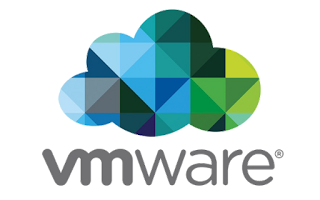The Non Traditional Way to clone from Linux/Ubuntu Desktop/Laptop to VM VMware Workstation.
The Non Traditional Way to clone from Linux/Ubuntu Desktop/Laptop to VM VM = VMware Workstation. Reason : I tried CloneZilla or Traditional DD commands. it was taking lot of time and was confusing. The method shown here is working for me. It may or may not for you. Steps : 1 - Create same version OS VirtualMachine on VMware workstation. this will create : fat32 - boot ext4 - OS image partition. 2 - Go to the system you want to clone ( having same version ) boot from live cd or USB boot into live cd. Reason : we need to unmount the HDD/ partition. use Gparted copy the ext4 partition from Laptop/desktop and paste it on the pendrive partition. i had created ext4 partition on the pendrive. so i did ext4 to ext4 . 3 - Boot VirtualMachine with live cd , copy the same disk ext4 files to the ext4 partition on the VM OS, by booting into live version on VM.not on regular boot. To boot into live version , you need to use few softwares 1 - Live CD as iso or live cd. 2 - Boot order setup optio

